Guest writer Felix de Rosen last year traveled from Armenia to Afghanistan, passing through Iran and Tajikistan en route. This article is the first part in a series about his travels.
June, 2011. I had spent the last week in the tropical moisture of Rasht, Iran. My hosts were Reza and his family. Reza, an Iranian, had just graduated from university in Armenia, where I had met him, and his father is a political science professor at the University of Rasht. Although I had developed a friendly and comfortable relationship with my hosts, it was time to move on. They had already welcomed me, a total stranger, for a week into their home and the road beckoned.
I needed to head east towards my ultimate destination, Afghanistan, and had two basic options. I could follow the Caspian coast eastwards towards Turkmenistan and then make my way to Mashhad, the spiritual capital of Iran, home of the surreally vast Imam Reza shrine, and gateway to Afghanistan. Or I could head south by crossing the Elborz Mountains, and then head eastwards towards Mashhad via Tehran. I opted for the later. But I did not want to cross the Elborz by bus. Taking a bus would be easy and practical, but it would not give a good sense of the size and power of the mountain range that stretches from Armenia to Afghanistan along the northern edge of Iran.
Looking through my guidebook, I came upon a trek that crossed the Elborz through the Salambar Pass (3,200 meters). According to the guidebook, which was two years old, the trek could theoretically be done in a day, but more realistically required two or three. It would be difficult to find public transportation to where the trek began. The trek would lead me to the eastern end of the Alamut Valley, famous for the Castle of the Assassins, from where I could get to Tehran within a day. Freya Stark, the famous female traveler, crossed the Elborz using this same trek in the 1930s.
I said goodbye to my friends in Rasht and hitchhiked to Tonekabon. As I admired the Caspian Sea in Tonekabon, I was befriended by Ali, who worked as a cook in a restaurant. After grabbing some khagine (Persian omelet) from the restaurant kitchen, Ali took me in his old Jeep to his uncle’s house in the hills south of the city.
Here, in the foothills of the mountains, the landscape was incredibly green and cloudy, almost like a rainforest.
I spent the night at Ali’s uncle’s farm and left before sunrise to start hitchhiking on the road south towards the mountains. The road was built to provide easier access to a mine in mountains on the way to the pass.
After waiting in the early morning mist for half an hour, a tractor trailer picked me up. It was amazing to ride into the mountains on this monster truck. The driver was friendly and didn’t understand when I told him I was heading towards Tehran. We slowly gained elevation, leaving the dense forest behind and entering a milder temperate zone. The trees dispersed, leaving room for small fields of wildgrasses on the slopes of the valley. The truck left me on the southern edge of the mine. Here the paved road ended and the dirt road began.
In no time, a car picked me up and drove me a couple kilometers to the nearest village. From there, I hopped on the back of a pick-up truck with half a dozen locals to the village of Arood. At 2,000 meters, Arood sits above the tree line and is small, quiet, and enchanting. Whereas the vast majority of the towns and villages I had seen in Iran were modern, made of concrete and steel and well connected to electricity and water, Arood was the first village where I had the sense of stepping back in time. The houses were mostly mud-brick with wooden supporting beams. Small grasses and flowers grew on the mud rooftops.
A stream of glacial meltwater ran through the village, circling around trees and in between houses. Chickens pranced along the narrow paths, sprinting along walls as passers-by terrified them. The village was surrounded by small well-defined fields. With a couple exceptions, the valleys of the Elborz Range and Iran’s Kurdish region are home to Iran’s few remaining isolated villages where traditional life runs undisturbed. After spending so much time in the cities and towns of Iran, it was a breath of fresh air to be outside again, surrounded by wood, chipped paint, and dust, away from honks, intersections, metal, and glass.
It was lunch time now and I looked for a shop to buy food. But something was wrong in the village. It seemed abandoned. I walked around until I heard cries – many cries. The streets were full of wails of men and women. It was a funeral. The entire village was in mourning for the death of an important man, an ‘amu. They were washing the body behind a large plastic tarp.
Despite the circumstances, the presence of a foreigner was met with moderated smiles and I was shown towards the cemetery where the grave was being dug. But the time was not right time for me spend time in Arood. As I walked up the hill past the village, I noticed two old women crying loudly together. I tried to imagine the sense of community and solidarity that existed in Arood in the villages around the world. This is difficult to imagine having grown-up in a suburb where my neighbors were complete strangers to me. Overlooking the village, I watched as the body was carried towards the grave site. The wails carried into the air along with the light sound of grass rustling in the wind and the occasional timid bird chirp.
According to my guide book, the road ended at Arood. I discovered that what had once been a walking path crossing the Salambar Pass had in the last year been covered with a simple dirt road. I began walking along this road. A bee stung me as I approached an apiary. There were apiaries everywhere. The area is reputed for its honey.
A car heading towards Tehran picked me up. I asked them to drop me off at the pass. On the northern edge of the pass, rain eventually drains into the Caspian. On the southern side, rain drains into the Alamut Valley and the arid Iranian plateau. On the pass, on a small crag looking north-east, lies Pichebon caravanserei. Caravansereis were resting stops used by traders and travellers in the time when trade/travel was done by foot, horse, and donkey. Caravansereis are found all over central and southwest Asia. Most are lost, abandoned, or have been destroyed by modern development. The one at Salambar is well preserved and hosts a magnificent view of the surrounding mountains.
I thought about spending the night there in my tent, but two teenagers on a motorcycle insisted that I join them. The three of us drove downhill in the typical suicidal manner of Iranians (20,000 Iranians die annually from traffic-related accidents). We stopped at Pichebon, a small hamlet at 2,500 meters. Here a small stream ran around a grove of trees where a motley assortment of Iranians were camping for the night.
Did I mention camping is an Iranian national sport? Well, it is and it is no light affair. Tents, lights, cutlery, half of the contents of the fridge, radio, cameras, a general air of giddiness, and anything else the trunk of car will fit is brought along. At Pichebon, I pitched my tent in a grassy field, surrounded by a nervous donkey, an apiary, and migrating sheep.
To my delight, I realized a wedding was occurring below the hamlet. Divided by a makeshift curtain in the middle of a field, the men and women were celebrating separately, despite a few comical interruptions by women into the men’s section. The curtain was more symbolic it seemed.
As the sun set, shepherds brought their herds back to the hamlet and into the pens.
I spent the evening inside the tents of campers, forcibly fed bread, honey, Persian omelet (khagine), and sweet sweet tea as we shared stories. What a difficult life. I slept well, happy and privileged to have seen this part of Iran and overwhelmed by everyone’s willingness to, well, talk with me. Traveling alone, it is moments like these that keep me going.
I would have stayed a week in this place, but the modern traveler is cursed and blessed with a deadline and too many opportunities. That night, I slept in a mosque in Qazvin, before heading to Tehran. The mountains between Tonekabon and the Alamut Valley offer a glimpse into a rural mountainous Iran that few travelers see but that remain genuinely accessible with a little effort.



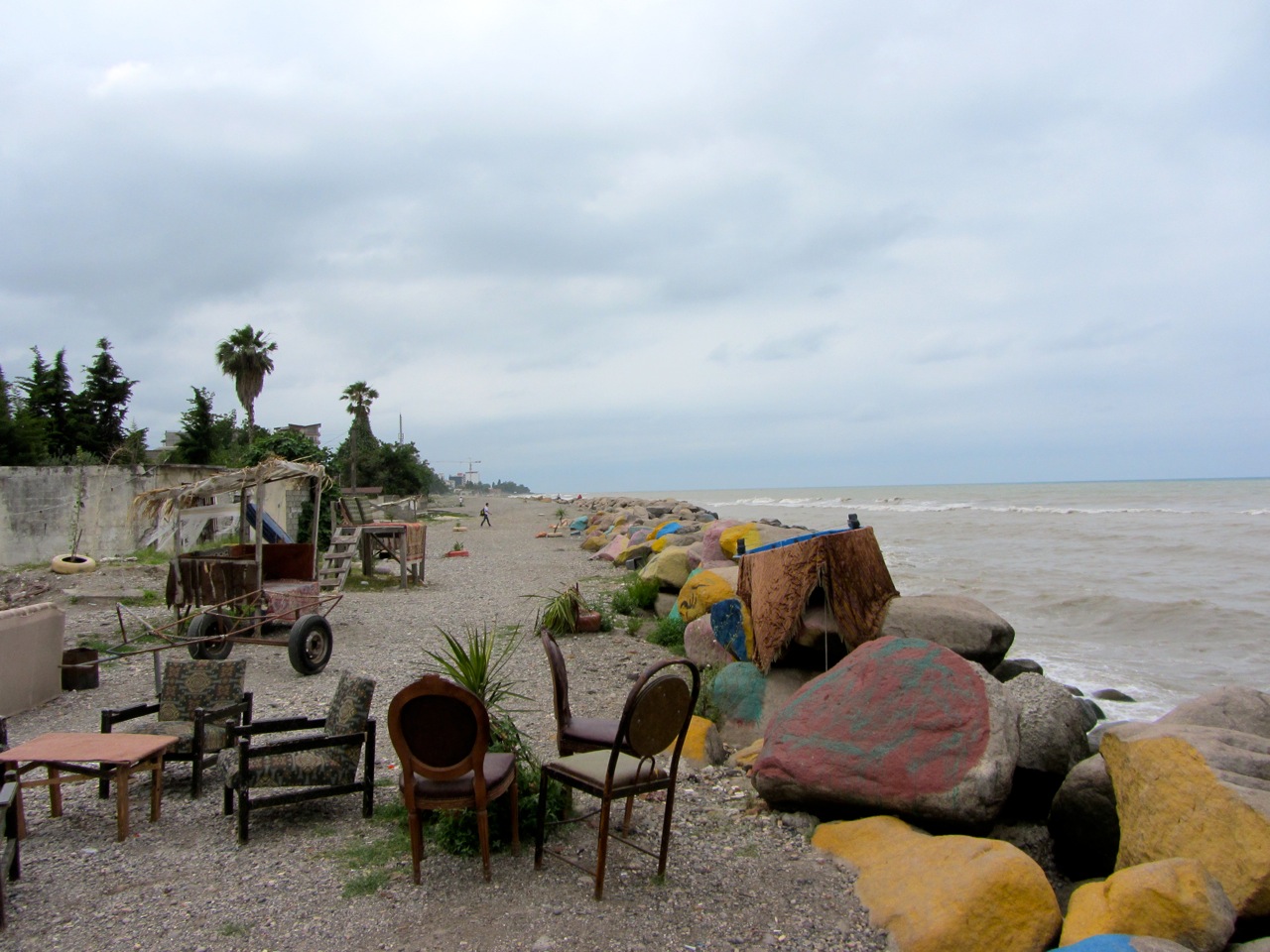
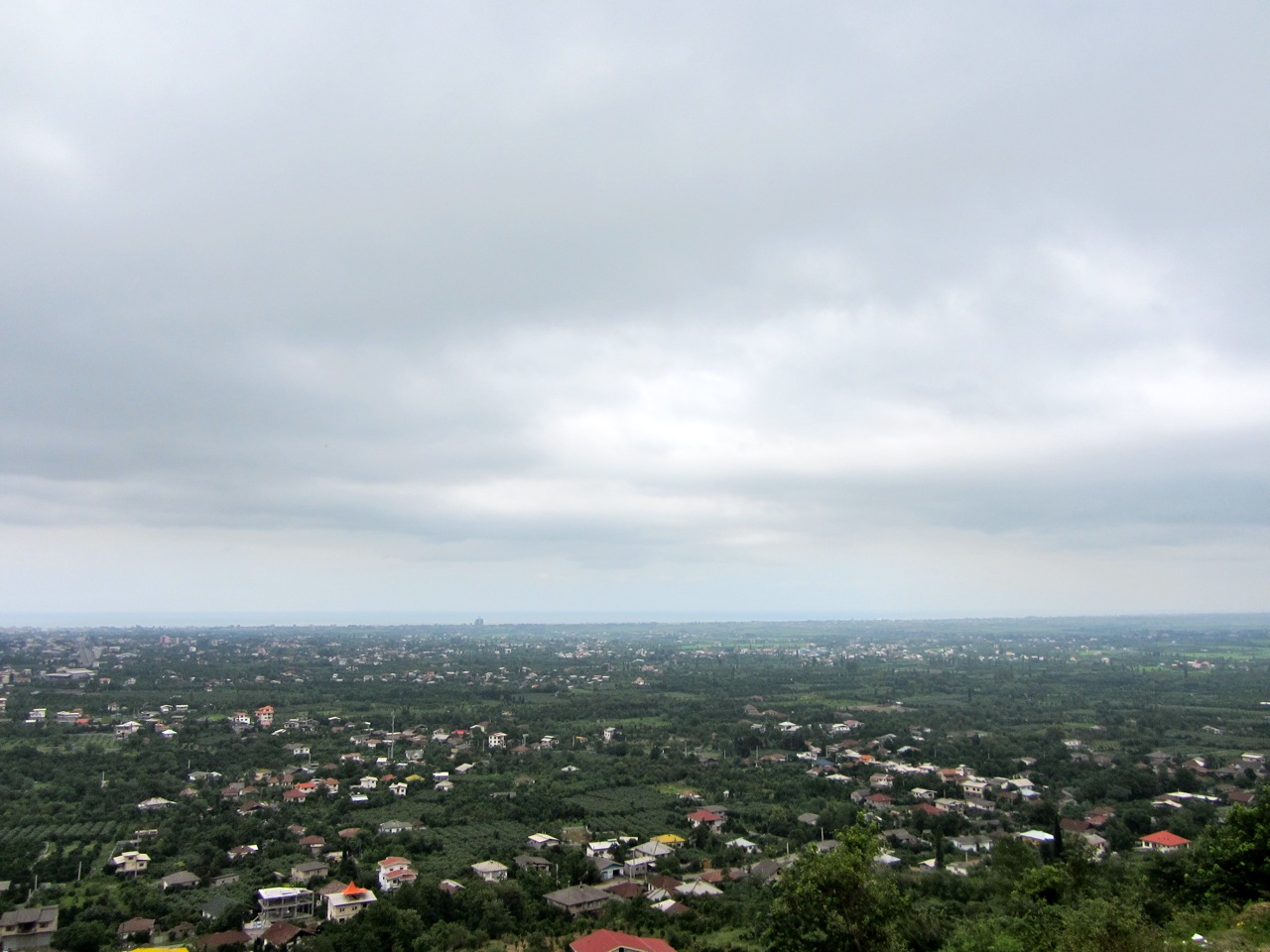

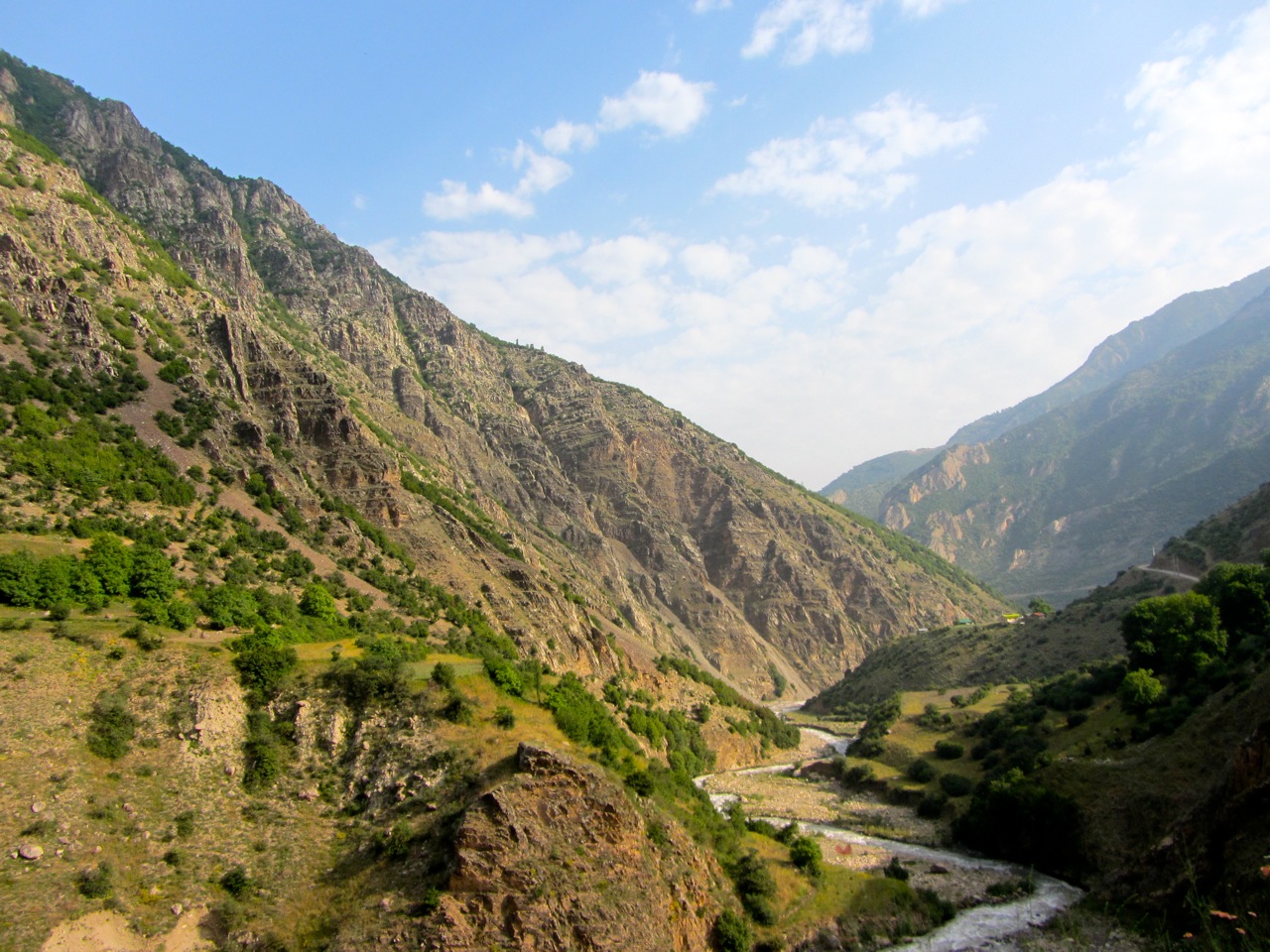





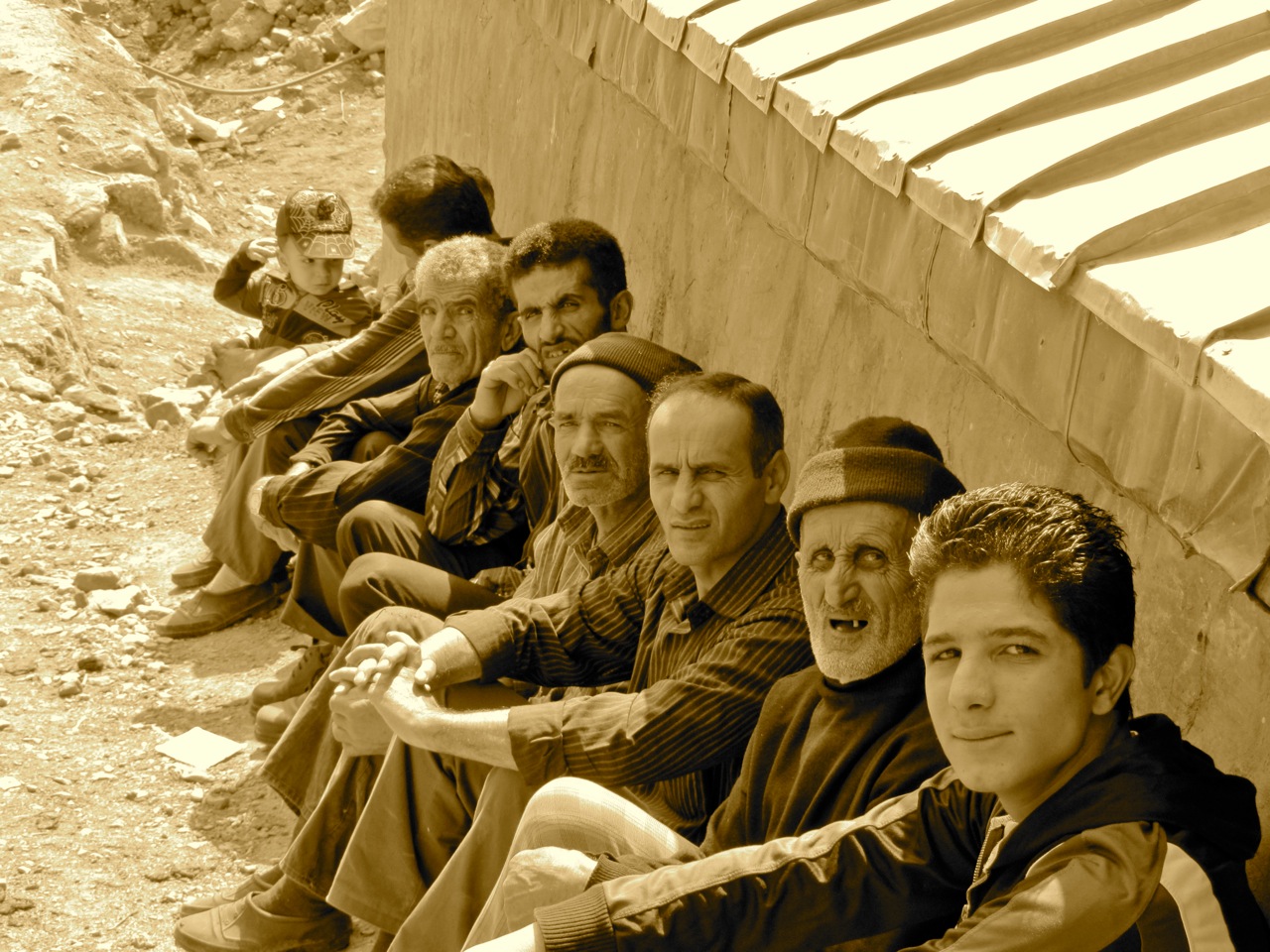
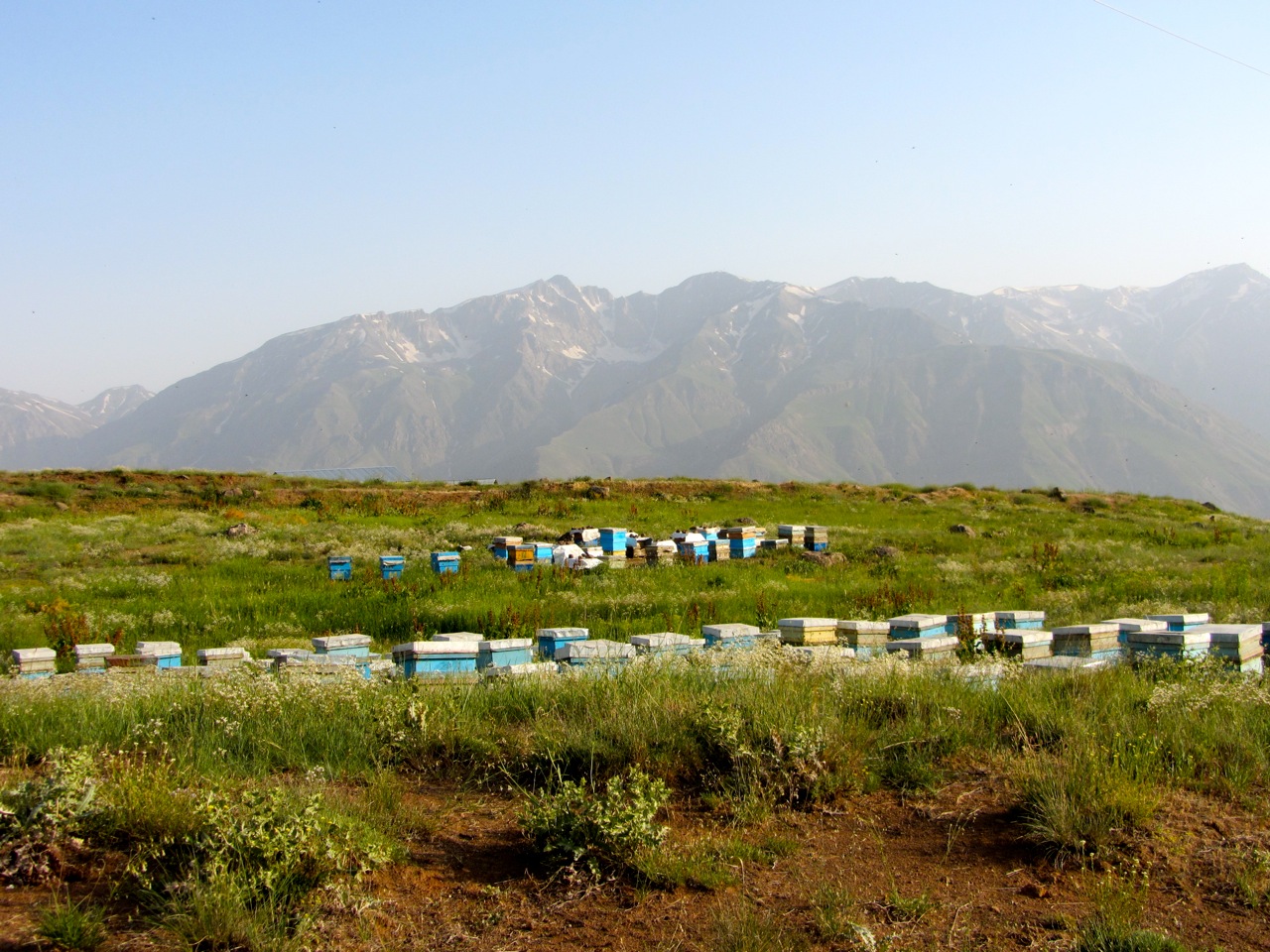

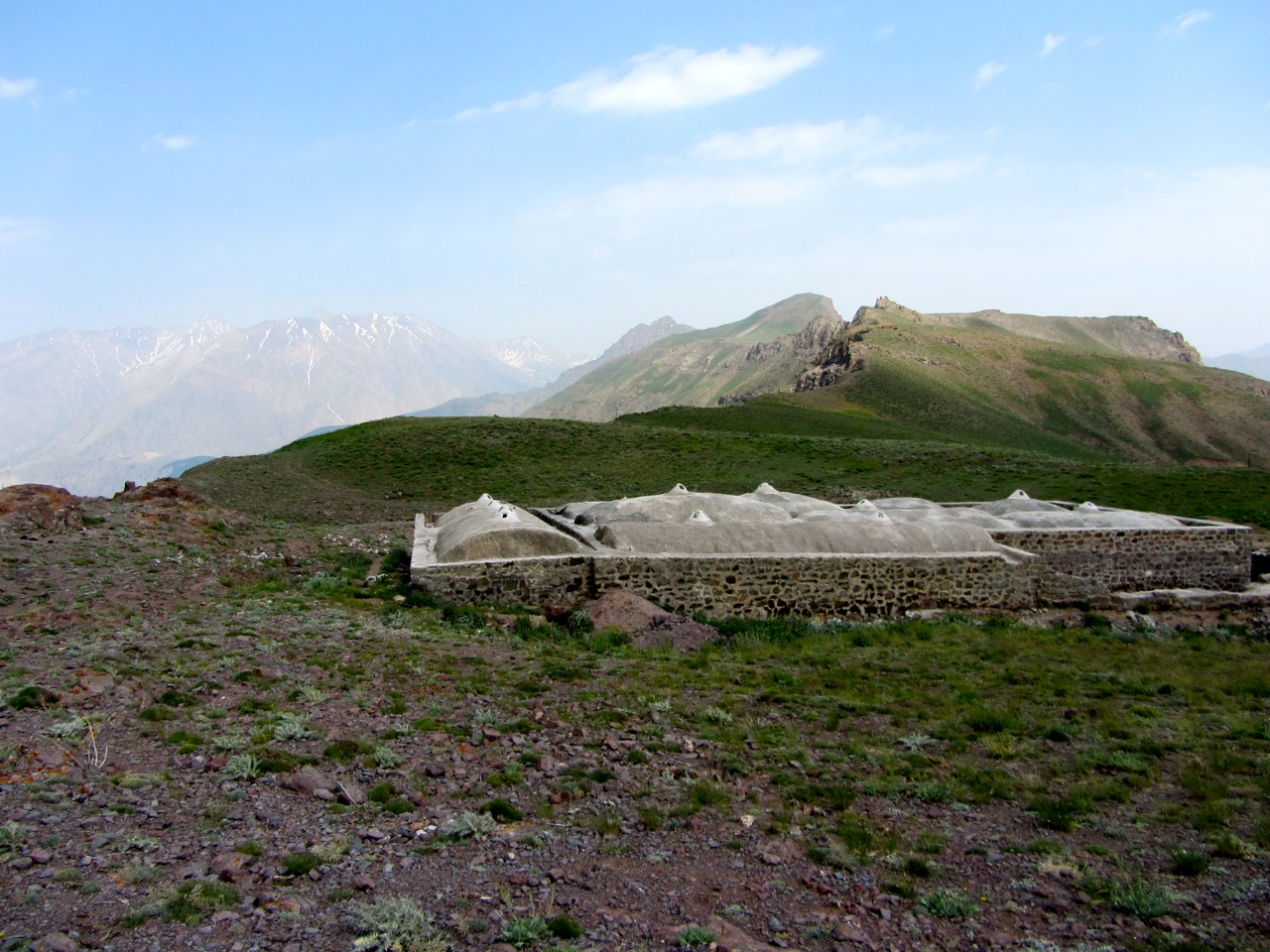
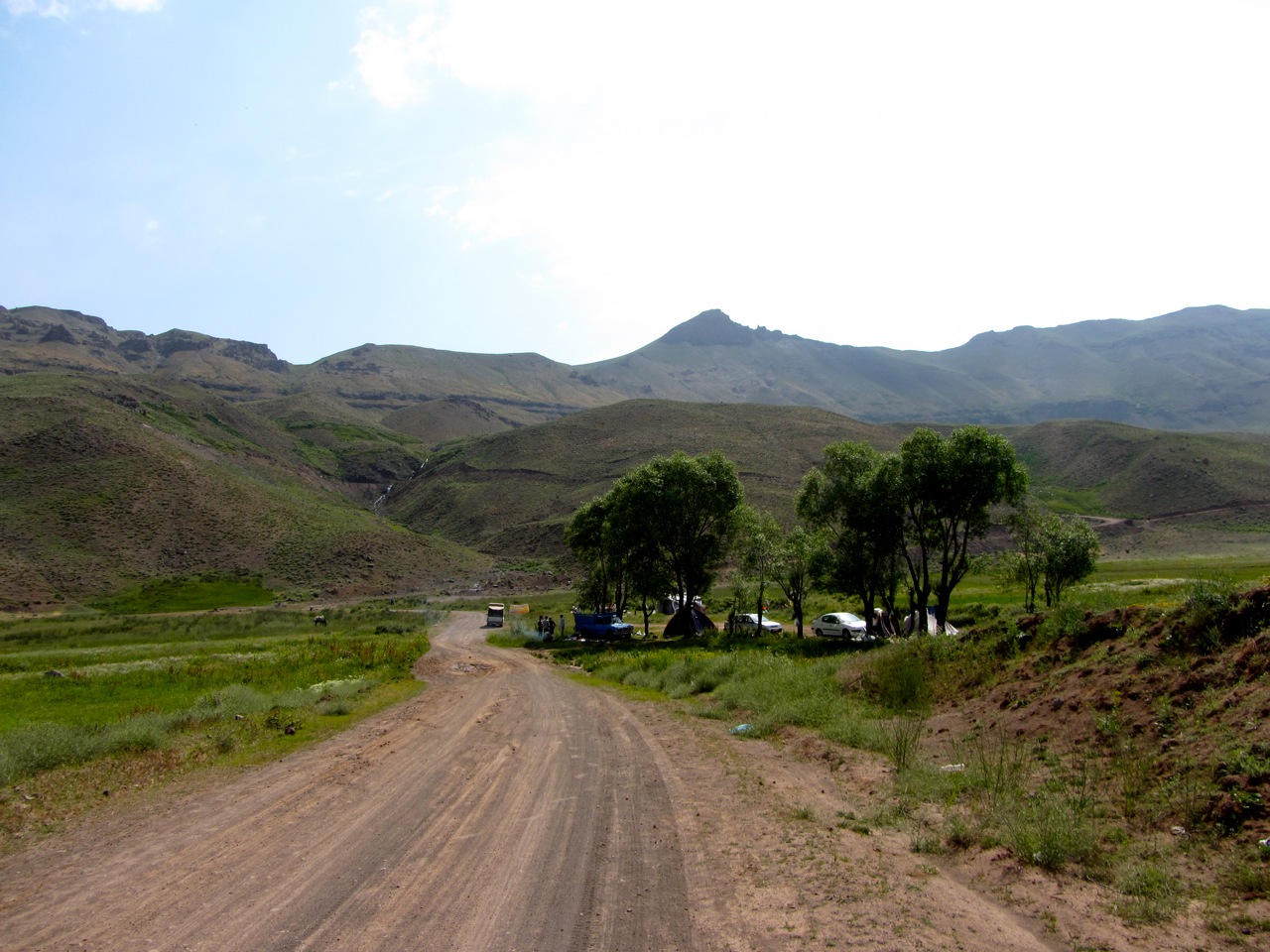
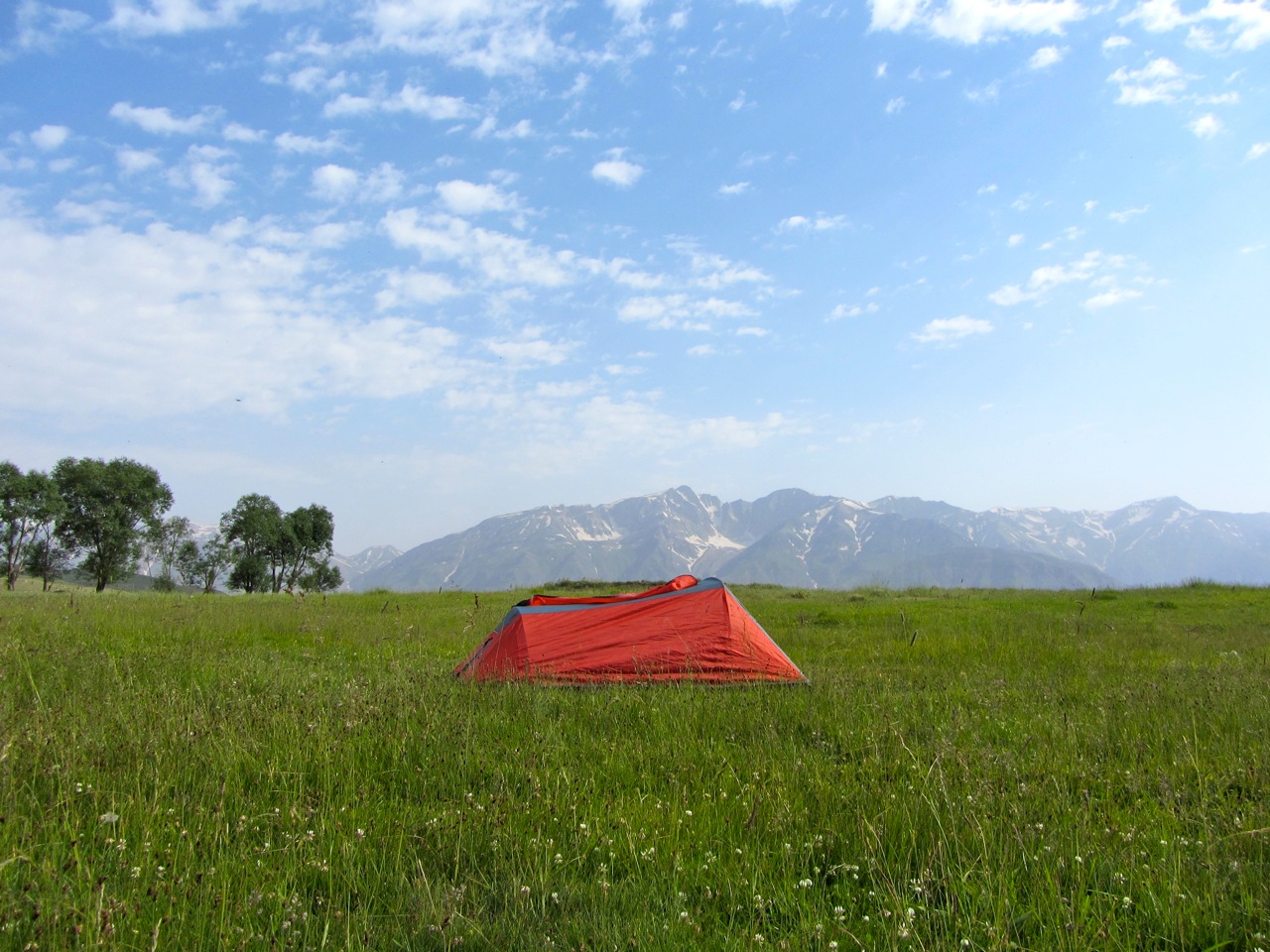

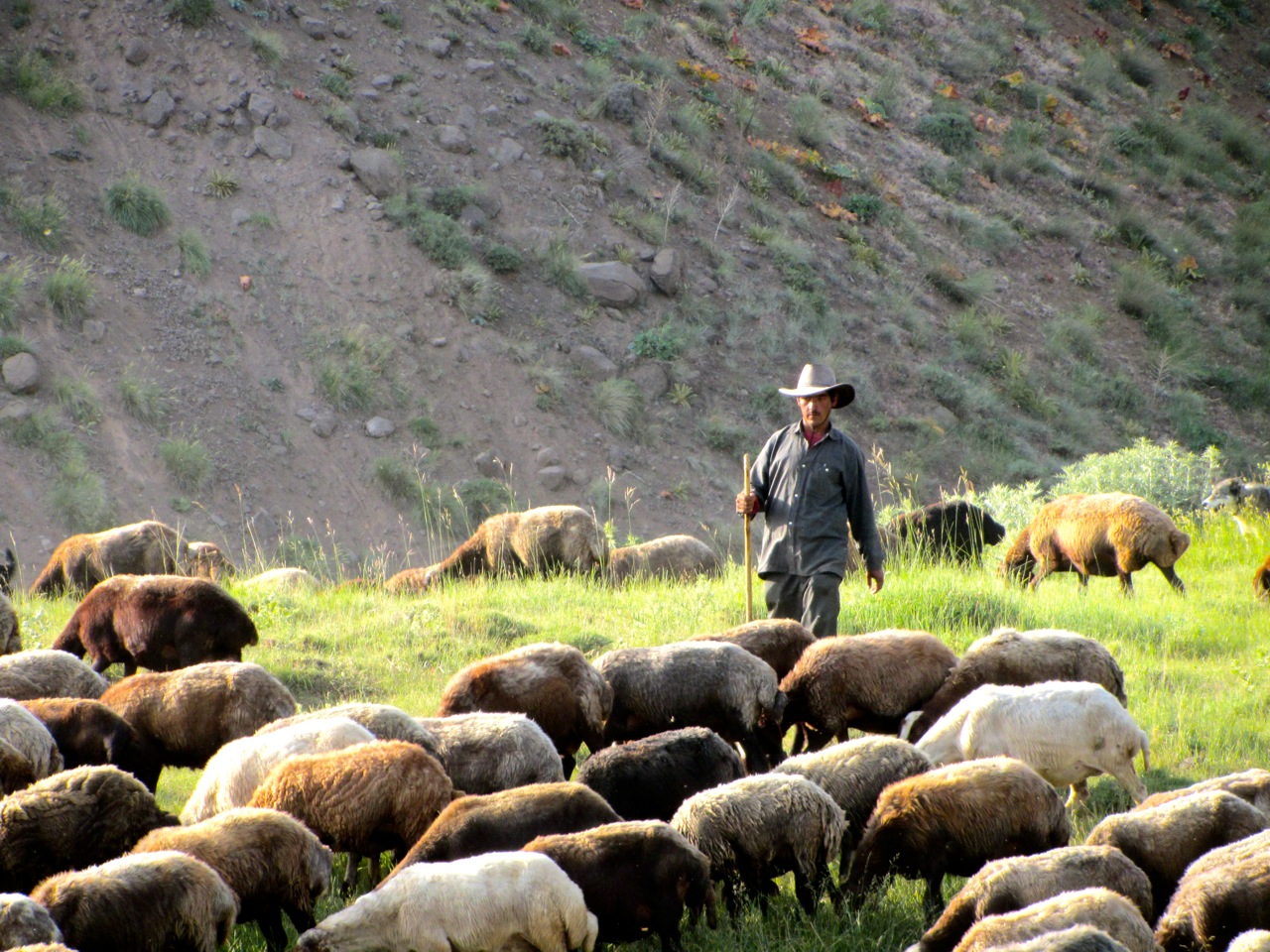
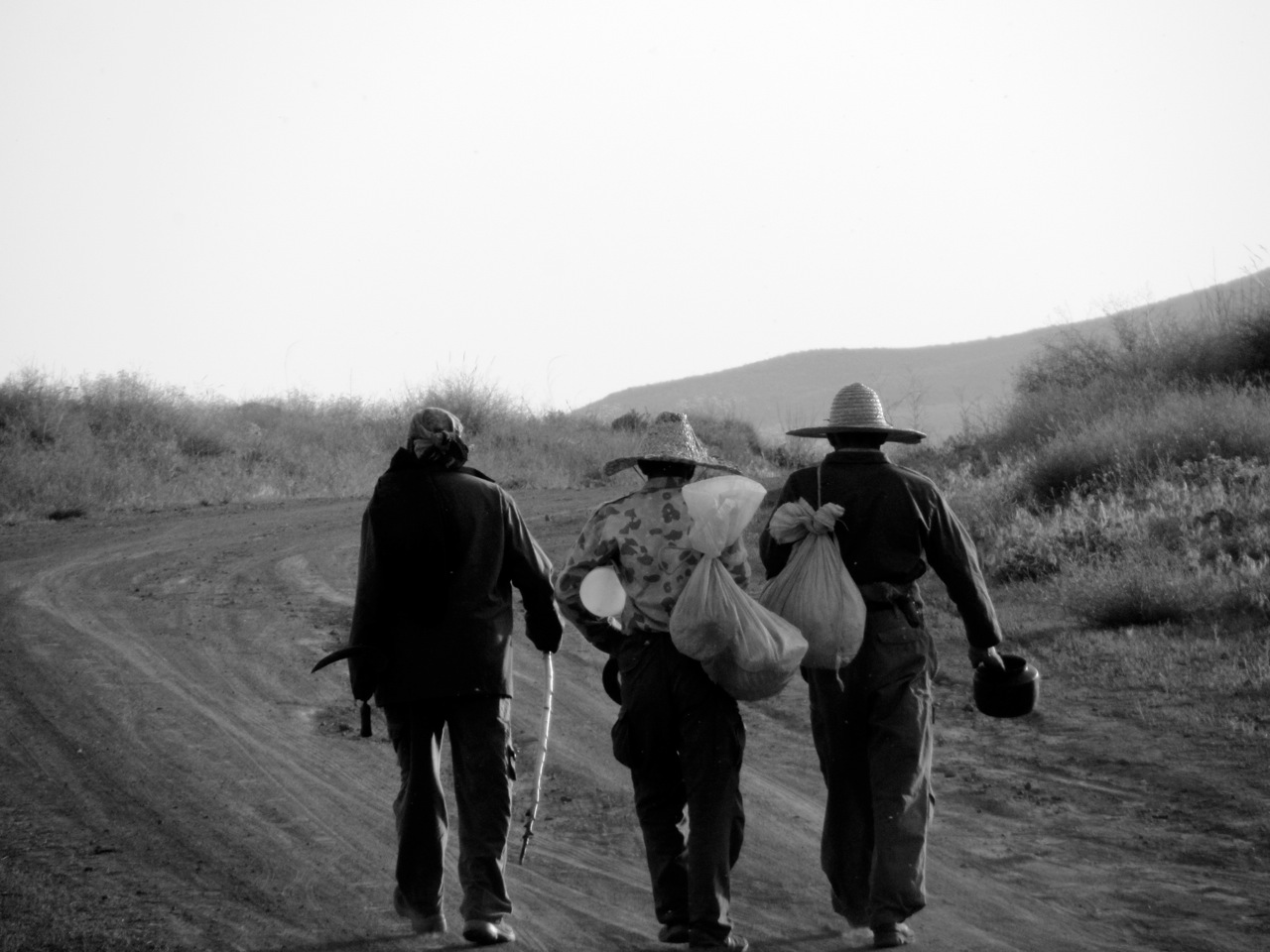

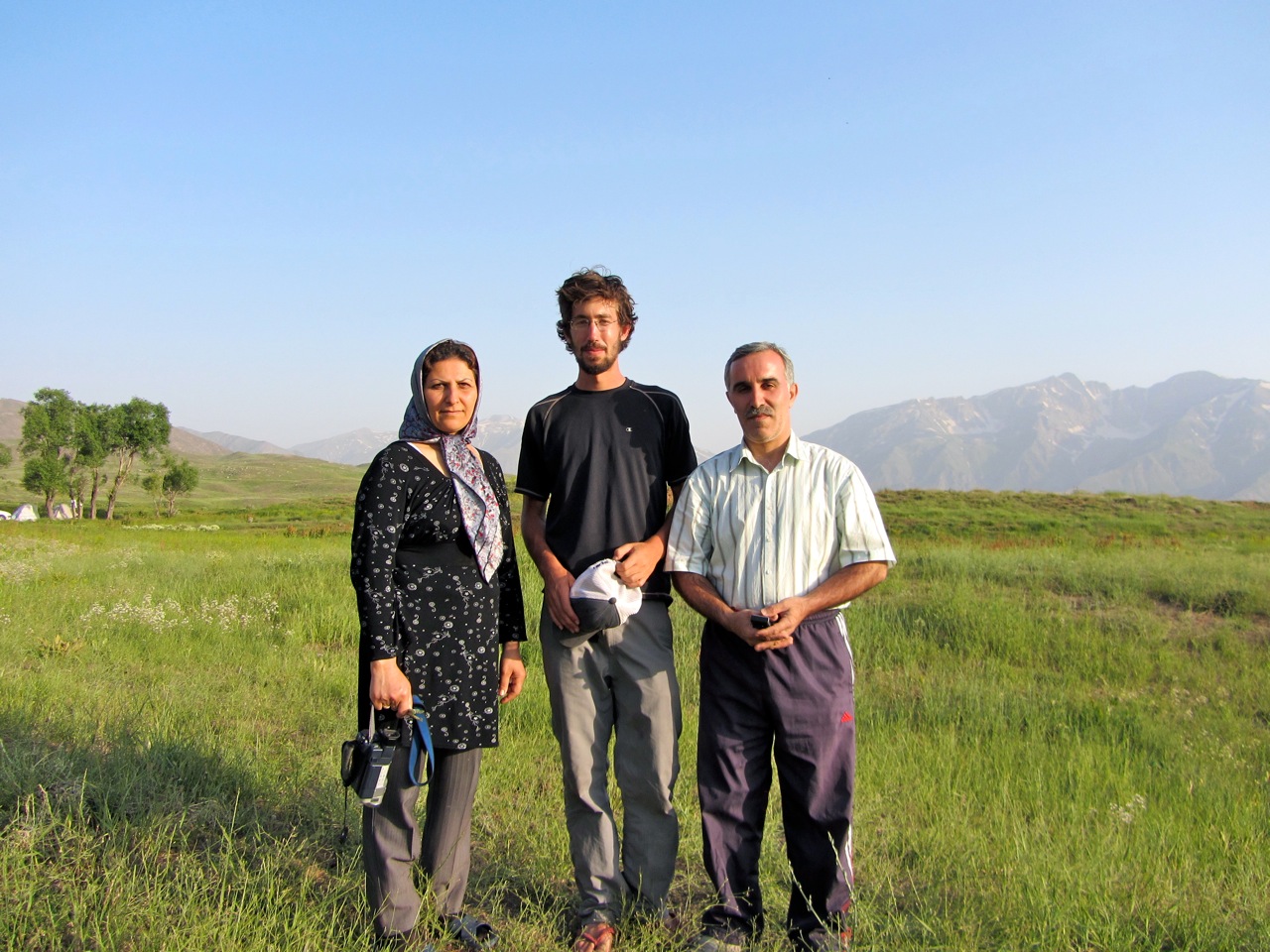










5 comments
This is fabulous !! Congrats Felix ( JPGarnier )
Just incredible! I love the experience you’ve had and the photos make me jealous. These are 2 countries I really wish to visit
Thank you! This is a very nice travel report with nice pictures. I am collecting nice travel reports and other interesting articles on Iran on my non political blog:
http://theotheriran.com
I would like to also link to your travel report, if this is ok. Thanks again.